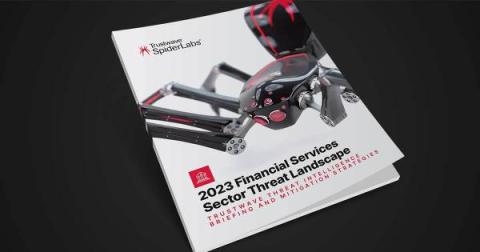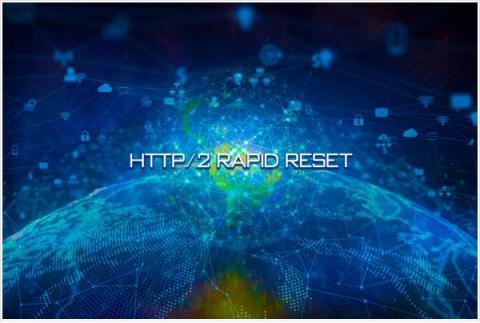Mastering Cybersecurity Challenges: How Crisis Simulations Empower Organizations to Defend Against Cyber Threats
Cyberattacks are a constant and evolving threat across all sectors with 2023 seeing a resurgence in data breaches and ransomware attacks with popular variants like Clop, LockBit, and ALPHV, among others, terrorizing businesses and exploiting system vulnerabilities. The 2021–2022 financial year saw an increase in cybercrime, with over 76,000 reports made to the Australian Cyber Security Centre (ACSC), with no signs of slowing down.








